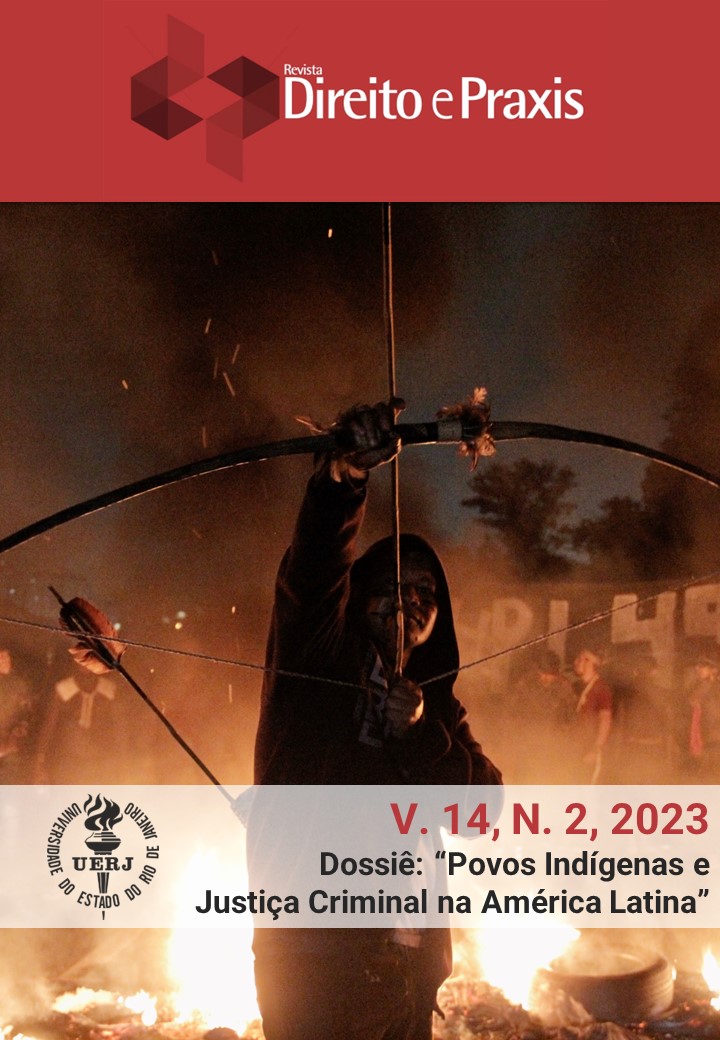Meta-voto: solução para a pauta de julgamentos do STF? / Meta-vote: a solution to the agenda-setting in STF?
Palavras-chave:
Pauta de julgamento, Seleção de casos, Paradoxo doutrinário / Agenda-setting, Case selection, Doctrinal paradox.Resumo
DOI: 10.1590/2179-8966/2021/57260.
Resumo
Quando define a pauta de julgamento, o presidente do STF também seleciona qual caso julgar. Este artigo argumenta que a escolha entre selecionar uma controvérsia concreta ou um julgamento de uma lei em tese, quando questões constitucionais idênticas estão em jogo, poderia gerar problemas de inconsistência e incoerência nos julgamentos. Nessas situações, o resultado do julgamento poderia não ser fruto de uma empreitada colegiada, mas sim da regra de seleção de casos. A solução seria uma deliberação sobre qual caso julgar.
Palavras-chave: Pauta de julgamento; Seleção de casos; Paradoxo doutrinário.
Abstract
In Brazilian Supreme Court, the chief justice has the power of agenda-setting. By doing that, he also has the power of case selection. Through case selection, the chief justice is able to prioritize a concrete case instead of an abstract judicial review regarding the same constitutional issue. In situations like that, this paper argues that case selection could entail problems of inconsistency and incoherence. The result of the judgement turns out to be a mere consequence of the case selection rules, instead of a truly collegiate decision. In those cases, the court should deliberate on the case selection through the so-called meta-vote.
Keywords: Agenda-setting; Case selection; Doctrinal paradox.
Downloads
Downloads
Publicado
Como Citar
Edição
Seção
Licença
Os textos são de exclusiva responsabilidade de seus autores.
É permitida a reprodução total ou parcial dos artigos da Revista Direito e Práxis, desde que citada a fonte.
Este trabalho está licenciado sob uma Licença Creative Commons 4.0, Atribuição-Sem Derivações.
Esta licença permite copiar e redistribuir o material em qualquer suporte ou format para qualquer fim, mesmo que comercial, desde de que citada a autoria original.
This work is licensed under a Creative Commons Attribution 4.0 International License.




